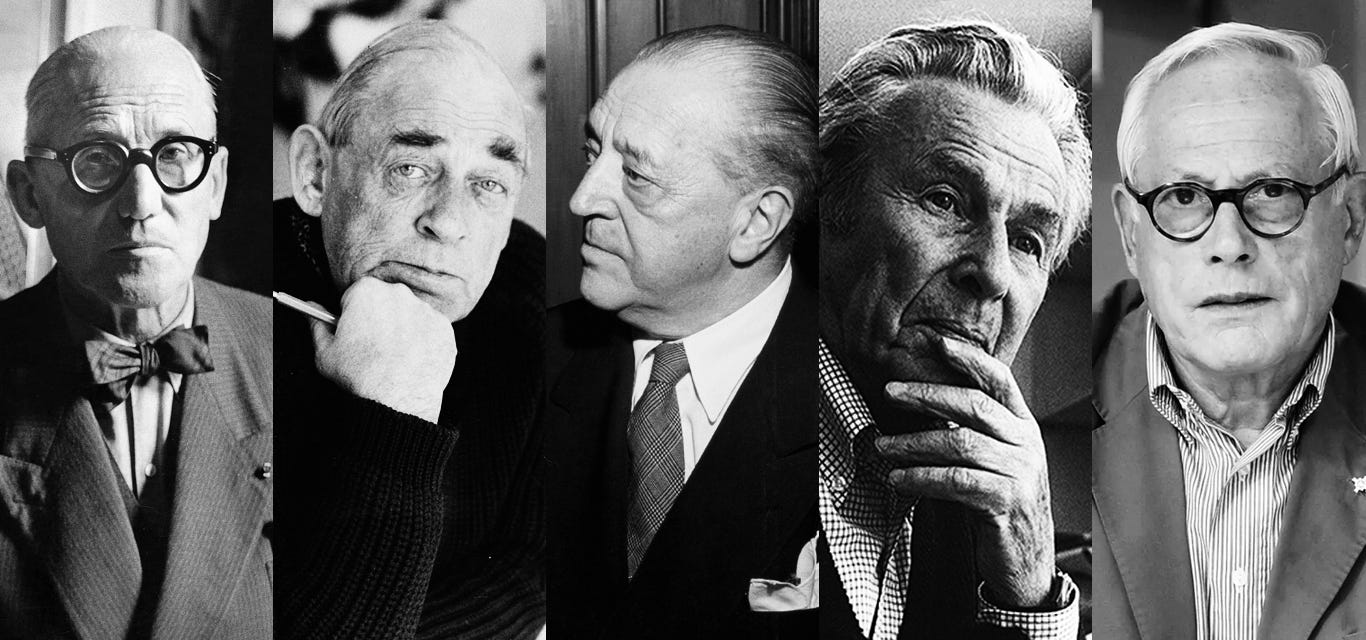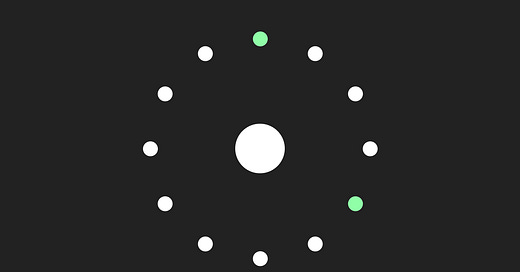Prioritizing people over technology through User Disengagement
By reducing the amount of time our customers spend using our products, we enable them to create remarkable moments in hospitality.
Hospitality can be synonymous with friendliness, cordiality, affability, graciousness, or kindness. These words all emphasize a vital aspect: the human touch. It involves, by definition, the friendly reception and treatment of guests or strangers, bringing together people and places at a specific moment in time. It comes down to the act of welcoming and receiving visitors, when people opt to stay and accept the hospitality extended by others. This process fosters a connection built on trust and mutual respect.
Our clients must have the capacity to allocate quality time to their guests and activities, prioritizing the essential human relationships that drive their business. Software, in this context, assumes a crucial role in improving the way they perform work, acquire knowledge, and complete their daily tasks.
However, the usage of digital tools often requires excessive attention and effort, which can make it challenging to foster memorable interactions between guests and staff. This, in turn, decreases the chances to convert an ordinary stay into an extraordinary one.
A clear example of this could be the check-in process. The overall experience within the same property can be completely different depending on whether it's done at a front desk, via a self-service kiosk, or completed online before the arrival.
When in-person check-in is required, it must be as quick as possible, trying to take advantage of any information that has already been shared. In this scenario, if one can complete the task in a matter of seconds, it provides an opportunity to enhance the experience. For instance, in a hotel's front desk setting, it allows staff to be welcoming, courteous, and engage in friendly conversations with guests. On the other hand, if the task takes too much time, or it is overengineered, it can test the patience of the guest, transforming a key moment into a tedious and boring procedure.
Hundreds of examples like this one can be found in the day-to-day operations of hotels. It is precisely for that reason, because we understand the magnitude of the impact and improvement, that at Mews, one of our product principles is User Disengagement (UD).
As in its antagonistic version, user engagement, the UD can be influenced by various factors, such as how engaging your content is, how user-friendly and enjoyable the user experience feels, and how well the overall user journey fits together. When it comes to user experience, the idea of disengagement usually comes with a negative association, but that's not the case for us; in fact, it's a crucial KPI for our design strategy.
Our goal is to decrease the levels of interaction to their minimum expression. This is our unique way of driving operational excellence in a disruptive and innovative way. The product should take a proactive approach, seamlessly guiding users through every step without requiring thinking about what to do next. It should offer clear instructions, particularly when there is an error, anticipating the users’ needs and providing solutions before users even recognize they need them. Basically, we want to streamline the interface to make it easier to work with.
❝ The key is creating technology that works silently in the background, freeing hotel staff from screens and keyboards and allowing guests to focus on enjoying their stay rather than engaging with administrative tasks. ❞
— Richard Valtr, Founder at Mews
While this approach can represent a fresh perspective in the context of current digital product design, it is not so new in the world of design. Its roots can be traced back to principles that began to take shape in the 1920–30s thanks to, what I consider to be, the visionary founders of modern design.
Le Corbusier with his modern architectural vision, Alvar Aalto embracing functionalism, Ludwig Mies van der Rohe advocating for the “less is more”, the grand Bauhaus fostering functionality and interdisciplinarity. Later, Josef Müller-Brockmann with its simplicity and reticulated clarity, and Dieter Rams outlining his ten commandments for good design.

Functionalism is defined by its emphasis on the pragmatic purpose of objects and structures, giving precedence to utility, efficiency, and simplicity. Often associated with minimalism, it emphasizes the importance of essential components while removing superfluous embellishments, resulting in a sleek and uncluttered visual appeal.
In constructing products, services, and spaces tailored to user needs, this enduring design principle emphasizes the importance of practicality and functionality.
Certainly, it is not a new concept that any product should be designed with the fundamental purpose of serving the user. However, what sets Mews●Design apart from other approaches is the way in which we have taken this premise a step further. We have turned user time optimization into an actionable principle, making it the central element in the evaluation of the success and quality of our product.
In essence, what sets us apart is our usage, tracking, and quantification of this concept. Thanks to our great researchers from the UX Research team, we have developed a specific formula that allows us to measure how much value we provide to our customers in every “golden task” and “golden process”. Which are the most important actions and flows carried out by our users in the different sections of the product and stages of the user journey.
This results in the creation of scorecards tailored to evaluate the performance of multiple teams across various domains. In this manner, we provide a concrete representation and visualization of the enhancements and the impact of the design solutions that have been implemented.
In summary, it's not just about recognizing the importance of user satisfaction, but about taking concrete and quantifiable actions to ensure that our product not only meets expectations but exceeds them, thus creating an exceptional experience for our customers.
⨳
Prioritize User Disengagement and optimize user interactions, guided by design principles like functionalism and minimalism, to deliver exceptional user experiences, quantifying and measuring the success via scorecards for company-wide visibility.



